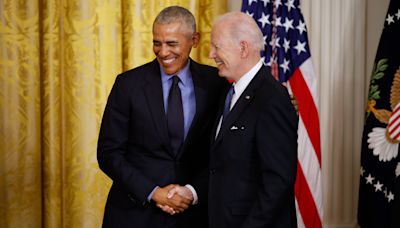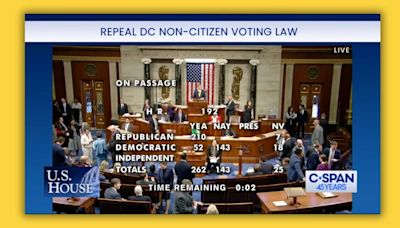Search results
Aug 12, 2019 · When the U.S. Congress passed—and President Lyndon B. Johnson signed into law—the Immigration and Naturalization Act of 1965, the move was largely seen as symbolic.
- Lesley Kennedy
- 6 min
In 1917, the U.S. Congress enacted the first widely restrictive immigration law. The uncertainty generated over national security during World War I made it possible for Congress to pass this legislation, and it included several important provisions that paved the way for the 1924 Act.
People also ask
When did the Immigration Act of 1990 become law?
What was the Immigration & Nationality Act of 1965?
When did the Immigration Act of 1965 become law?
When was immigration enacted?
The Immigration and Nationality Act of 1965, also known as the Hart–Celler Act and more recently as the 1965 Immigration Act, is a landmark federal law passed by the 89th United States Congress and signed into law by President Lyndon B. Johnson. [1] .
Oct 15, 2015 · Signed into law at the foot of the Statue of Liberty by President Lyndon B. Johnson, the act ushered in far-reaching changes that continue to undergird the current immigration system, and set in motion powerful demographic forces that are still shaping the United States today and will in the decades ahead.
May 15, 2024 · May 15, 2024. Policy Beat. By Muzaffar Chishti and Julia Gelatt. Immigrants arriving on a ferry near Ellis Island. (Photo: National Archives) The Immigration Act of 1924 shaped the U.S. population over the course of the 20th century, greatly restricting immigration and ensuring that arriving immigrants were mostly from Northern and Western Europe.
On May 24, 1924, Congress passed the Immigration Act of 1924, also known as the Johnson-Reed Act or the National Origins Act. The act was meant to solve the “midnight races” problem and establish a more permanent immigration law.
The Immigration Act of 1990 (Pub. L. Tooltip Public Law (United States) 101–649, 104 Stat. 4978, enacted November 29, 1990) was signed into law by George H. W. Bush on November 29, 1990. It was first introduced by Senator Ted Kennedy in 1989.




